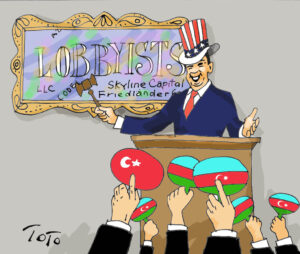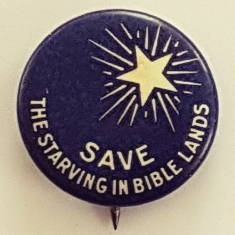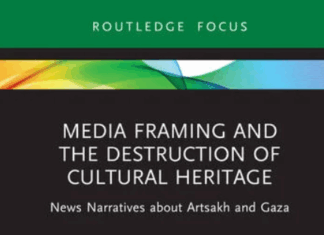By Aram Arkun
Mirror-Spectator Staff
WILLOUGHBY, Australia – Armenians seem to be collectors by nature, and amass all types of items. Armenian art collectors are major donors to museums in many parts of the world, and there are even esoteric collections, such as Elizabeth Tashjian’s nut museum in Connecticut. It is understandable, then, that if there are collectible items pertaining to the topic of the Armenian Genocide, so significant for Armenians, and in particular aid to its victims, that this would be of particular interest to Armenians. Indeed, as there are many stamps, pins, and medals concerning Armenian relief fundraising, it is high time for a guide to such memorabilia. Noubar Nick Pezikian recently published a 26-page booklet, aptly titled Armenian Relief Fundraising Memorabilia, which attempts to survey such extant items created in various countries around the world from 1896 to the 1930s.
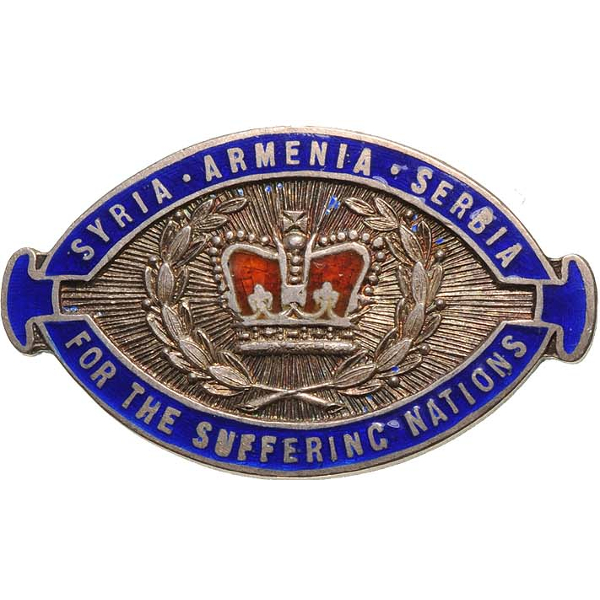
Organizations such as Near East Relief in the United States, Armenian Relief Fund in Austria, and the Armenian Refugees (Lord Mayor’s) Fund in Great Britain produced souvenirs like badges, pins, buttons, medals, and various types of charity, poster or Cinderella stamps (postage stamps are excluded from this category). Pezikian provides photos of each item, of obverse and reverse when suitable, and descriptions, including estimates of the date of production. The index gives summary information and references to articles or books which mention each item.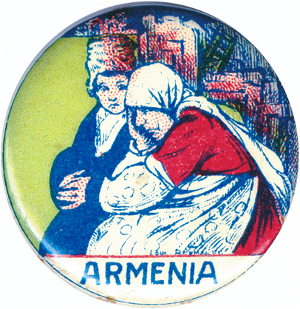
Such a work is helpful both for collectors and also researchers interested in Armenian relief efforts.
The author expresses his gratitude not only to the Armenian Numismatic and Antiquities Society and the Armenian Philatelic Association, but also to a number of individual collectors who provided him with information and images from their private collections. One of the latter is Dr. Levon (Leon) A. Saryan, who authored a similar study, Vintage Armenian-American Pins, issued as an offprint of the Armenian Numismatic Journal by the Armenian Numismatic Society in 2001. This work, as evident by its title, only specializes in pins, but covers a wider range of themes and chronology.
